One of our teammates recently took a well-deserved vacation—and found themselves on the receiving end of an AI-powered office prank. Leading up to their time off, the team had been discussing an office pizza party. So, naturally, we “planned” one while they were away.
With just two quick photos of the office kitchen and a few AI-generated edits using Adobe Spark, we created a convincing image of a table adorned with pizza boxes and a buffet of food on the counter. Our falsified evidence led to a hilarious text exchange, complete with shock, disbelief, and eventual acceptance that they had missed out. In the end, though, they realized they had the better deal—relaxing on a beach in 80-degree weather while we were parked at our desks.


This lighthearted prank is just one example of how AI is all around us, embedded in the tools and products we use every day—sometimes in ways we don’t even realize. While AI offers efficiency and productivity boosts (and, apparently, new ways to pull off office shenanigans), it’s also important to be aware of what information we share with these models. Many AI systems use input data to improve their responses, which means any information entered could potentially be stored, analyzed, or even made available online.
Additionally, AI models aren’t perfect. They can introduce biases, generate misleading information, or “hallucinate” entirely false details. That’s why it’s always a good idea to check the settings and terms of any AI-powered tools you use—whether for work, personal use, or even your next office prank.
Before diving into a new AI tool, take a moment to pause. Ask yourself: What kind of data is it collecting? Does it have access to your personal or work accounts? Can the information you input be shared or stored? Not all AI tools are created equal, and some may have stronger privacy protections than others. A few extra minutes of due diligence can go a long way in protecting your data and ensuring you’re using AI in a way that aligns with your privacy expectations.
